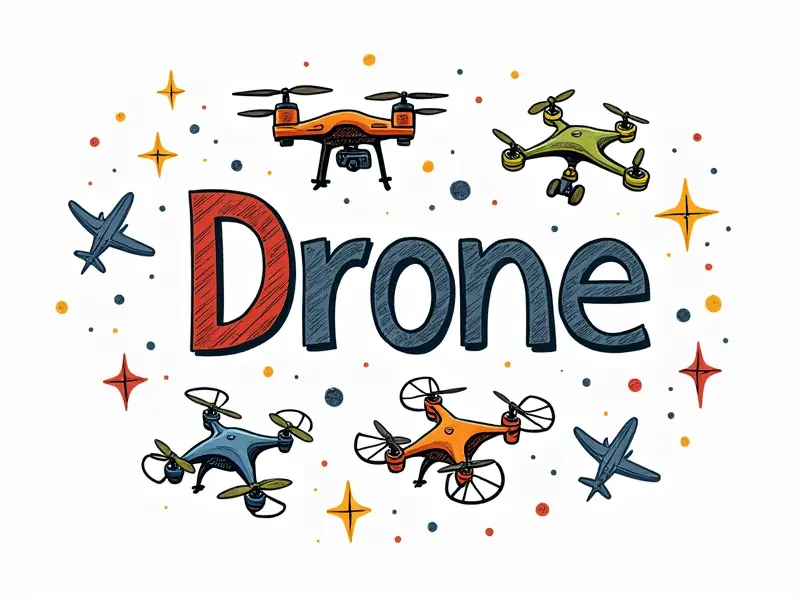How to fly Walkera Nano?

Mastering Flight with Walkera Nano Basics
Flying a Walkera Nano can be an exhilarating experience for both beginners and seasoned pilots alike. This tiny quadcopter packs a punch in terms of performance and maneuverability, making it the perfect choice for FPV racing or just casual flying. Before diving into the specifics, let's cover some essential basics.
Understanding Your Walkera Nano
- Size: The Walkera Nano is incredibly small, measuring only a few inches in diameter. This compact size makes it easy to store and transport.
- Battery Life: With its lightweight design, the Walkera Nano can typically fly for around 7-10 minutes on a single charge. However, this time can vary based on flying conditions and battery quality.
- Camera Quality: The drone is equipped with a high-resolution camera that captures clear images and videos in real-time. This feature makes it ideal for FPV (First-Person View) racing or simply enjoying the aerial perspective.
Quick Start Guide: Flying Walkera Nano
To get started, follow these simple steps to ensure a smooth flight experience:
Step 1: Charging Your Drone
- Connect your Walkera Nano's battery to the charging station.
- Allow the battery to charge fully before use. This typically takes around an hour, but always refer to the manual for specific instructions.
Step 2: Pairing Your Remote Control
- Ensure your remote control is powered on and connected to the drone via Bluetooth or another specified method.
- Familiarize yourself with the layout of the remote control. The left stick controls throttle (up/down) and roll (left/right), while the right stick handles pitch (forward/backward) and yaw (turn).
Step 3: Pre-flight Checks
- Inspect your drone for any loose parts or damage.
- Ensure that all propellers are securely attached and free of debris.
- Check the remote control's battery level to ensure it has enough power for a full flight session.
Tips for Newbies Flying Walkera Nano
As a new pilot, there are several tips that can help you get started and improve your flying skills:
Start Indoors First
- Flying indoors allows you to practice in a controlled environment without the risk of losing sight of your drone.
- Avoid obstacles such as furniture or walls, which can easily damage your drone.
Practice Slowly and Steadily
- Begin with basic movements like hovering and moving forward/backward.
- Gradually increase the speed of your maneuvers once you feel comfortable.
Walkera Nano Flying Techniques Explained
Mastery of flying techniques is key to getting the most out of your Walkera Nano. Here are some essential techniques:
Hovering and Stabilizing
- To hover, maintain a steady throttle while making slight adjustments with the roll and pitch controls.
- Practice stabilizing your drone in various locations to improve control and responsiveness.
Moving Sideways and Backwards
- Sideways movement is controlled by rolling left or right. Use this technique for tight spaces or quick maneuvers.
- To move backward, pull the pitch stick back slightly while maintaining a steady throttle.
Essential Skills for Flying Walkera Nano
Developing certain skills is crucial to becoming proficient with your Walkera Nano:
Navigating in 3D Space
- Learn to visualize the drone's position relative to its orientation.
- PRACTICE: Fly around obstacles and test your ability to navigate complex environments.
Adjusting for Wind Conditions
- Understand how wind affects flight stability and adjust your controls accordingly.
- Practice flying in different weather conditions to improve adaptability.
How to Perfectly Fly Walkera Nano Drone
To perfect your flying skills, focus on these advanced techniques:
Fine-Tuning Control Inputs
- Develop a light touch with the controls for precise movements.
- Practice making small adjustments to maintain stability during complex maneuvers.
Using FPV Technology Effectively
- Set up your FPV goggles or monitor properly for optimal viewing.
- Learn to interpret the live feed and anticipate movements based on visual cues.
Navigate Like a Pro with Walkera Nano
Become a pro by mastering these navigation techniques:
Finding Your Way Back Home (Return-to-Home)
- Enable the Return-to-Home feature to automatically guide your drone back to its starting point.
- Practice triggering this function in various scenarios to ensure reliability.
Maneuvering Through Tight Spaces
- Hone your skills for navigating through narrow passages and tight turns.
- PRACTICE: Fly through obstacle courses or small gaps to improve agility.
Best Practices for Flying Walkera Nano
Follow these best practices to ensure a safe and enjoyable flying experience:
Maintaining Equipment
- Regularly inspect your drone and remote control for wear and tear.
- Keep all components clean and free of debris.
Flying Responsibly
- Avoid flying near people, pets, or property to prevent accidents.
- Always follow local regulations and guidelines for drone operation.
Walkera Nano: Easy FPV Racing Setup
Setting up your Walkera Nano for FPV racing is straightforward but requires some setup:
Selecting the Right Camera
- Pick a high-resolution camera that offers clear, real-time video feed.
- Ensure compatibility with your drone and remote control system.
Installing FPV Goggles or Monitor
- Connect the camera to an FPV monitor or goggles for a first-person view experience.
- Calibrate the display settings for optimal clarity and responsiveness.
Making the Most of Your Walkera Nano
To get the most out of your drone, consider these tips:
Customizing Control Settings
- Tweak control sensitivity and response times for personalized handling.
- PRACTICE: Adjust settings in a controlled environment to find what works best for you.
Exploring Advanced Features
- Leverage advanced features like GPS tracking, obstacle avoidance, and auto-pilot modes.
- Experiment with different functionalities to enhance your flying experience.
Conclusion
Mastery of the Walkera Nano requires practice, patience, and a keen eye for detail. By following these tips and techniques, you'll be well on your way to becoming an expert pilot. Happy flying!

